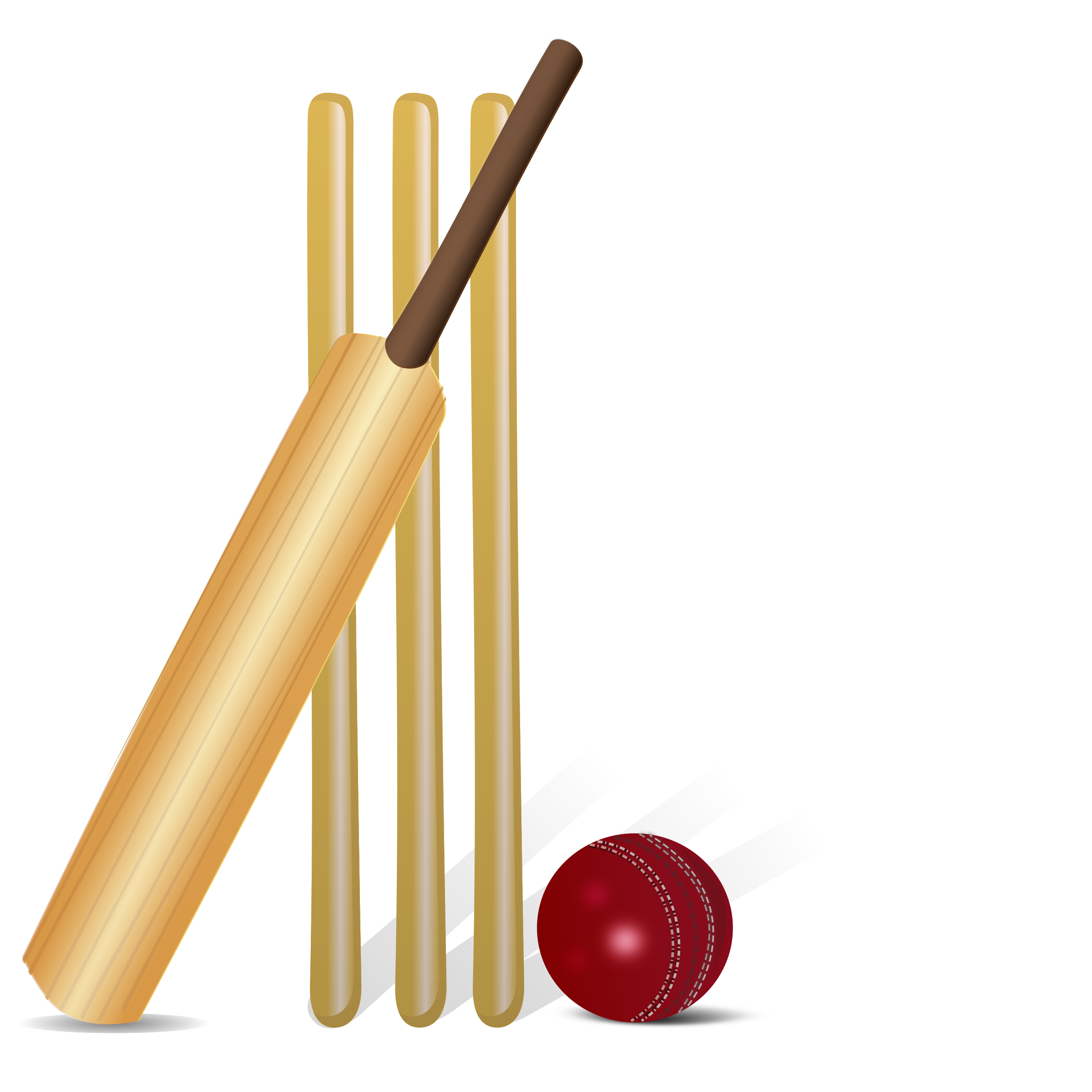By Manjeet Nanda
I am sure you all like to either watch or play cricket, and most of you have a cricket bat at home. Have you ever wondered how these bats are made and what kind of wood is used to make them?
There are many wood types that are used in the manufacturing of cricket bats, but the most preferred wood type that is used is the willow. The cricket bats are traditionally made from the wood of the willow tree, which is also called cricket bat willow.
The scientific name of this tree is Salix Alba.

There are two types of willows used commonly for manufacturing cricket bats – the White Willow (English Willow) and the Kashmir Willow. English willow is grown in England whereas the Kashmir Willow is grown in the areas of Kashmir.
The main difference between the two is their colour. English willows are whiter in colour, whereas the Kashmir willows are light brownish in colour.
The reason for using this wood lies in its toughness to withstand bumps. It does not break or doesn’t even get a dent due to the impact of the ball coming at a high speed.
In addition to this, this wood is also light in weight. English Willow bats are best for those who are experienced players and playing with hard balls because these bats are softer in nature than the Kashmir willow bats.
Kashmir willow bats are a little heavier and useful for beginners playing with softer balls. These bats last longer than English willow bats and require less maintenance.
The design of the bat has a wooden spring in place of meeting the cane handle and white willow wooden blade. The current design of a cane handle spliced into a willow blade through a pointed joint was invented in the 1880s by Charles Richardson, who was the first Chief Engineer of the Severn Railway Tunnel.

One of the interesting facts about the cricket bat is that when the wood is cut to make a bat, it weighs 10 kgs, however, after seasoning, it remains just 1.2 – 1.4 kgs.
Once the bat is purchased, it is then compressed and strengthened with the help of a tool named millet. This process is called knocking-in. If Knocking-in is not completed correctly, the chance of damaging the bat is high.
Applying linseed oil on the bat makes it stronger. Coating of this oil maintains moisture levels in the bats and helps in increasing the protection.
According to the rules of cricket, the length of a cricket bat cannot be more than 38 inches (97 cm), the width no more than 4.25 inches (10.8 cm), and the overall depth no more than 2.64 inches (6.7 cm).
Evolution of the cricket bat

Bats were not always this shape. Before the 18th century bats tended to be shaped similar to modern hockey sticks. This may well have been a legacy of the game’s reputed origins. Although the first forms of cricket are obscure, it may be that the game was first played using shepherd’s crooks. The oldest bat still in existence is dated 1729 and is on display in the Sandham Room at the Oval in London.

